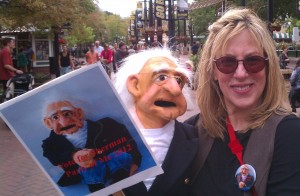Change is a constant in life. Some changes occur through conscious choice; others offer unexpected challenges. How you deal with change determines, to a large extent, the amount of happiness you experience. Sometimes it is helpful to have a guide on the side, providing help with the myriad of choices and decisions that need to be made. When the reasons for making specific decisions are traced back, a fundamental discovery emerges. Almost all decisions come from a place of fear or a place of love deep within the person. A coach can help you make more love-based decisions; conscious decisions that move you toward your personal vision of the life you want to live.
Life coaches can help with facing changes in life; such as
- A big events: graduations, weddings, retirements
- An illness of yourself or a loved one
- The death of a loved one
- Beginning a relationship
- Ending a relationship
- An empty nest
- A change of location or a move
- A change of career or job
- Any type of loss
- A “decade birthday” - 30, 40, 50, 60, 70, 80, 90, etc.
Other reasons for meeting with a life coach include: support in decision making;
a desire to make a change in your body size (either lose or gain weight); or a sense of restlessness; a sense of malaise.
Additional information about life coaching may be found at Paths4Change.com.




